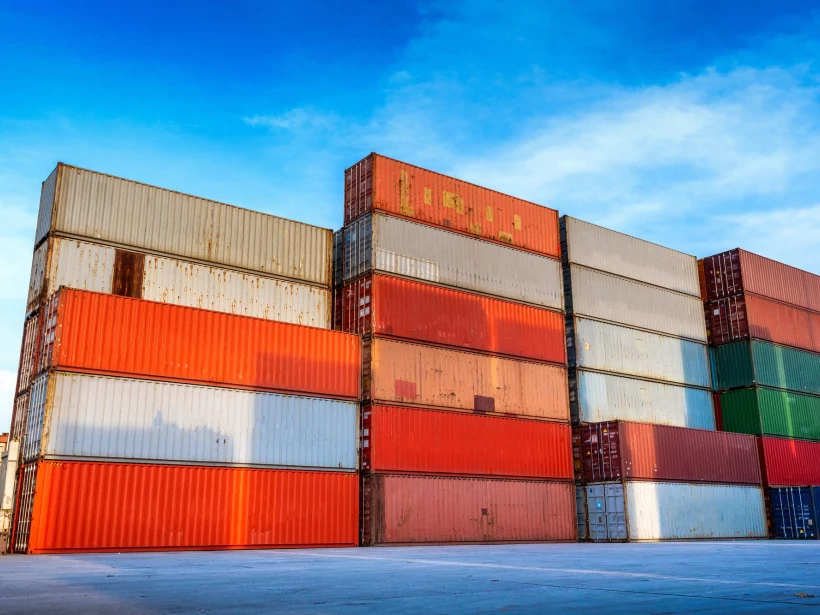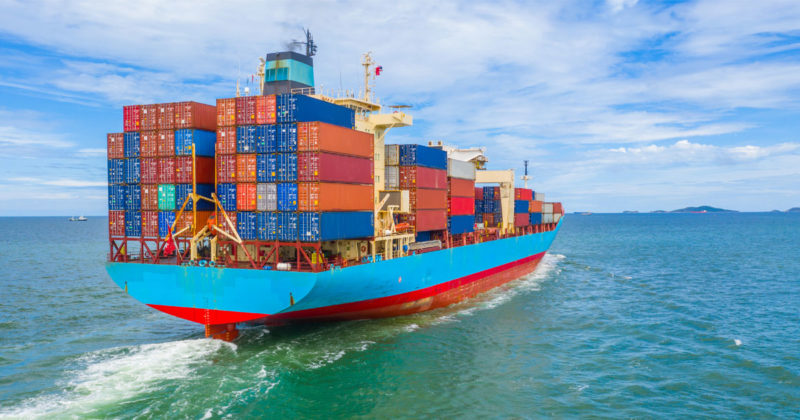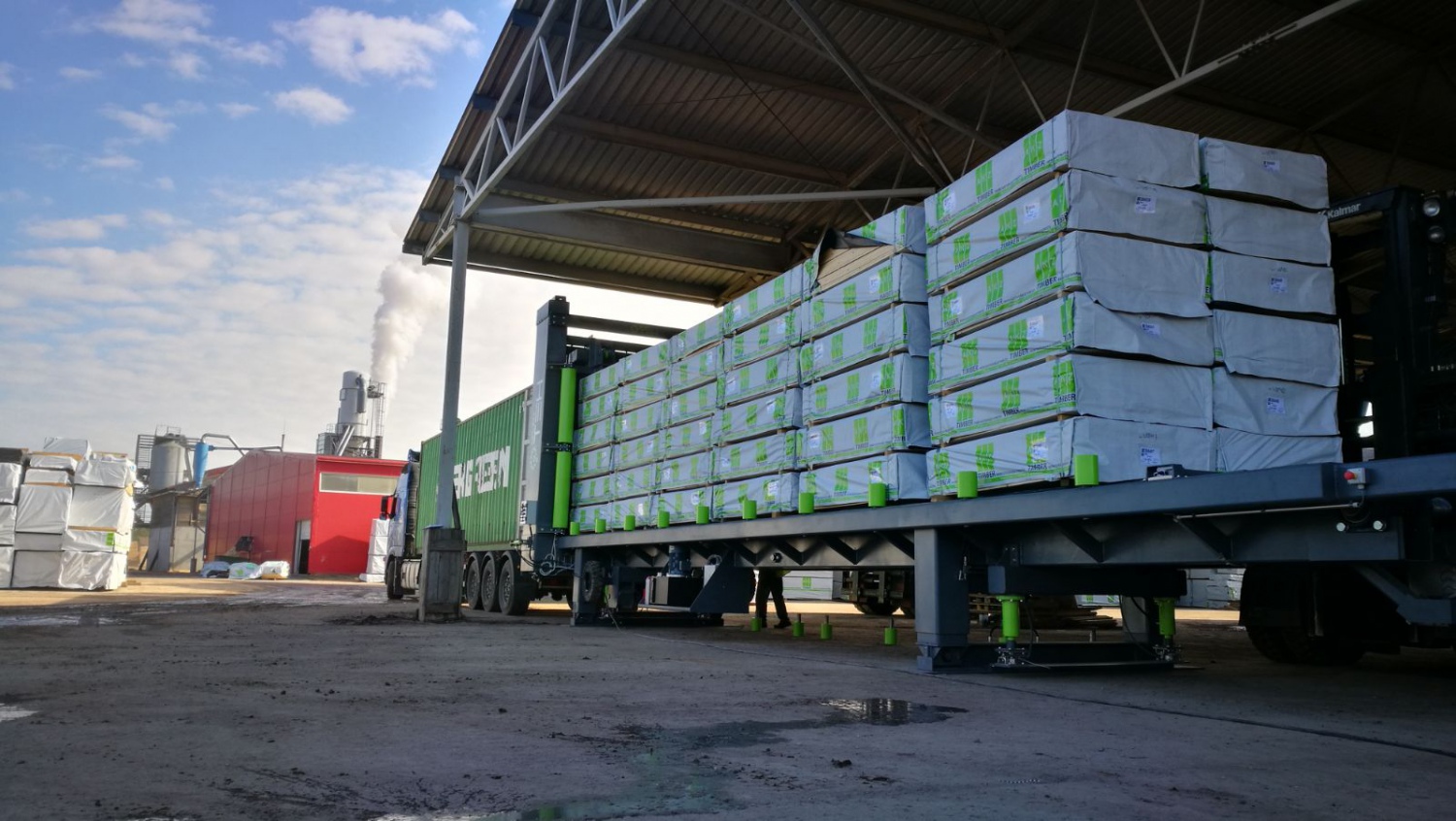Как справиться с кризисом морских контейнеров

Грузовые перевозки находятся посередине уникальной и необычной проблеме. Непредвиденная каскада событий, вызванных пандемией, заставляет нас сталкиваться с международном кризисом нехватки контейнеров. Это действительно кризис, потому что нехватка контейнеров влияет на систему поставок и глобальную торговлю.
Где все контейнеры?

Где пропали все контейнеры? Многие находятся на внутренней территории. Другие расположены в грузовых портах, а остальные – на судах Транстихоокеанских линий. Крупнейший дефицит контейнеров является в Азии, но и Европа сталкивается с этой же проблемой.
Чтобы понять, почему контейнеры находятся там, где находятся, важно сначала понять эффект домино, который привел к нынешней ситуации. Начнём с самого начало.
Волна пандемии создает пробки в Северной Америки
Поскольку пандемия распространилась по эпицентру Азии, во многих странах были объявлены локдауны, остановив экономическое движение и производство. Многие заводы временно закрыты, заставляя в портах останавливать большое количество контейнеров. Для стабилизации расходов и сокращения океанских тарифов, перевозчики сократили количество судов, выезжающих в море. Это не только тормозило импорт и экспорт, но и перемещение пустых контейнеров. Особенно важно это было для азиатских торговцев, которые не могли вернуть пустые контейнеры из Северной Америки.
Затем был разработан уникальный сценарий. Так как Азия был первым континентом, который столкнулся с пандемией, он был и первым, кто пришел в себя. Пока Китай возобновлял экспорт раньше, чем остальной мир, другие страны всё ещё сталкивались с ограничениями (и до сих пор сталкивается), уменьшающие рабочую силу и минимальное производство.
В результате почти все оставшиеся контейнеры в Азии отправились в Европу и Северную Америку, но эти контейнеры не были возвращены достаточно быстро. Массовые нарушения рабочей силы, вызванные ограничениями корона вируса в Северной Америке, повлияли не только на порты, но и на грузовые склады по всей стране и внутренних транспортных линий. Из-за отсутствия персонала, контейнеры начали накапливаться. Поскольку границы стали более тесными, а таможенные формальности более сложными, ухудшилась ситуация с пробками. К тому же быстро изменились торговые требования, которые были проблемными для перевозчикам, чтобы приспособиться.
Не оставалось времени, чтобы перемещать огромные контейнеры с ограниченным числом работников до того, как началась их прибытия. В Северной Америке сейчас неуравновешенности в объеме 40%, что означает, что на каждых 100 входящих контейнеров, экспортируются только 40. 60 из 100 контейнеров продолжают накапливаться, что является поразительным числом, учитывая, что у маршрута Китай-Америка в среднем 900 000 TEU контейнеров в месяц. Данный объем перевозок в этом квартале очень большой (на 23,3% больше, чем в прошлом году, согласно данным Descartes Datamyne).
При непрерывной оценке ситуации видно, что Транстихоокеанские линии от Азии не замедляется, и не предлагается время оздоровления. Почему?
Прибыль перевозчиков повышается
Тарифы на перевозках контейнеров с мая растут на всех маршрутах судов Востока и Запада, и наибольший прирост связан с Транстихоокеанскими линиями. В настоящее время Drewry Всемирный индекс контейнеров (World Container Index) является самым высоким за последние 4 года. С начала вспышки COVID-19 цены на перевозку восточных контейнеров не только увеличились, они удвоились, нарушая все предыдущие показатели. Ставки SE ASIA по сравнению с США выросли от 2000 долларов до 4500 долларов за 40-футовый контейнер.
Alphaliner сообщает, что перевозчики могут получить 66 центов (за 40-футовый контейнер за морскую милю) по маршруту от Шанхай до Лос-Анджелеса, по сравнению с менее чем 10 центами за маршрут возвращения. Ещё лучше ставки на маршруте от Шанхая до Мельбурна – 88 центов, Шанхай-Санта – 75 центов. Доставка контейнеров обратно в Азию (либо пустые или полные) находиться под давлением, чтобы перевозчики могли использовать эти резервы. Торговые маршруты Азия - США и Азия - Океания стали настолько прибыльными, что перевозчики даже не ждут груза, прежде чем отправляют контейнеры обратно в Азию, особенно когда груз недоступен в порту.
Всемирный флот контейнеров сокращается
В основе обмена торговой разбалансированности и слабых мест является то, что производство новых контейнеров катастрофически низкое. Показатели сократились в 2019 году, и в этом году они сократились ещё больше, особенно когда спрос существенно снизился в 1-ом квартале 2020 года. Передача контейнеров в металлолом теперь превышает строительство новых контейнеров, и в результате запасы на заводах снижаются. Понадобятся месяцы, пока не будет построено больше судов и контейнеров, что означает, что мощность, вероятнее всего, не будет нормализоваться до 2-го квартала 2021 года.
Этот ограниченный доступ к контейнерам увеличивает цену покупки новых контейнеров, так как производители знают, что из за спроса они могут взимать плату повыше. Производители китайских контейнеров, которые доминируют на рынке, теперь взимают около 2500 долларов за новый контейнер, по сравнению с ценой, которая была в прошлом году (1600 долларов). Также тарифы на аренду контейнеров увеличились на 50% в течение шести месяцев.
Соревнование по доступным контейнерам
Излишне сказать, что отсутствие контейнеров не может удовлетворить нынешние требования судоходства, и на данный момент - кризис контейнеров. Все доступные контейнеры немедленно зарезервированы, поэтому мы приглашаем наших клиентов по возможности предварительно резервировать грузы.
Несмотря на то, что выполняются несколько мероприятий, чтобы помочь решить возникшую ситуацию, например, перевозчики пытаются сократить свободное время и период задержания, а также разработать более эффективные системы разгрузки. В реальности мы не увидим, что кризис нехватки контейнеров будет нормализован в последующие месяцы. К сожалению, также ожидается, что ставки грузовых перевозок будут сохраняться высокими в течение всего следующего года.
Автоматизация процессов и более быстрая загрузка являются ключом к успеху поставщиков услуг по перевалке грузов. Из-за ограниченного времени, когда порты пытаются сократить время хранения контейнеров в самом порту, эффективное решение по перевалке позволяет избежать ненужных простоев и максимально быстро загружать или выгружать контейнеры.
Система загрузки контейнеров SmartTEH - одно из таких решений, которое позволяет пользователям оборудования быть более конкурентоспособными и эффективными во время этого контейнерного кризиса.




